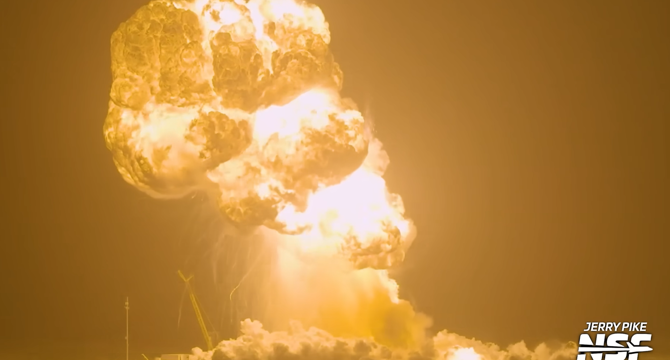Livescience
3w
290

Image Credit: Livescience
SpaceX's Starship explodes on Texas launch pad in 'catastrophic failure' during routine test
- SpaceX's Starship, the largest rocket ever built, suffered a catastrophic failure and exploded during routine testing at the South Texas Starbase site.
- This is not the first setback for the rocket's upper stages, with prior explosions during test flights in January and March, as well as problems during reentry in May.
- The exact cause of the latest explosion is unclear, and SpaceX is currently investigating the incident.
- The Starship is crucial for Elon Musk's plans to transport spacecraft, crew members, satellites, and cargo into orbit around Earth, the moon, and Mars.
- Standing 403 feet tall and powered by 16.5 million pounds of thrust, the Starship can carry 10 times the payload of SpaceX's Falcon 9 rockets.
- It is designed for cost-efficient manufacturing, utilizing stainless steel construction and methane as fuel, which can allegedly be collected on Mars.
- Despite early failures, SpaceX remains committed to developing the rocket, with plans to send robots to Mars by 2026 and operate a private space station post-2030.
- SpaceX has secured $4 billion in NASA contracts for the Human Landing System, aimed at landing astronauts on the moon in 2027 as part of the Artemis III mission.
- The impact of the recent explosion on the upcoming Starship flight schedule is currently uncertain, with ongoing investigations by SpaceX and the FAA into the failed Flight 9 reentry.
Read Full Article
17 Likes
For uninterrupted reading, download the app